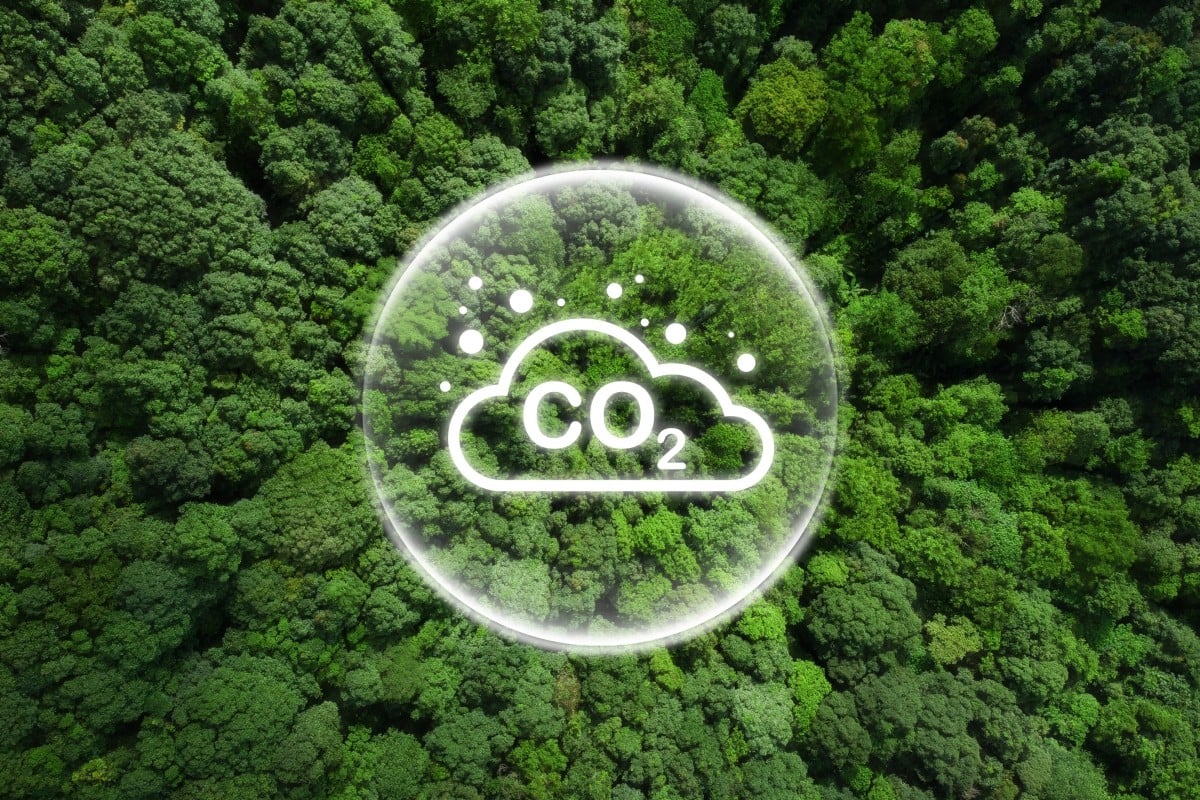Conversion systems devised to harness the greenhouse gas – the No 1 cause of global warming – had so far struggled to operate for any length of time, making them unviable outside the laboratory.
But researchers at the Huazhong University of Science and Technology (HUST) in Wuhan have announced a breakthrough, with an electrolysis system that can convert carbon into formic acid with an efficiency of more than 93 per cent.
More importantly, the system can operate continuously for at least 5,000 hours, far longer than any other known device under research.
The feat could mark “a milestone towards industrial use”, according to Xia Baoyu, study lead and professor at the HUST school of chemistry and chemical engineering.
The findings of the study, a collaborative effort by researchers from institutions including HUST, the University of Science and Technology of China and the University of Auckland, were published in the journal Nature on January 31.

Formic acid has many applications in chemical, energy, agricultural and other sectors. One major use is as a preservative and antibacterial agent in livestock feed, but it can also be used in fuel cells, in leather tanning, as a toilet bowl cleaner and in other ways.
An added benefit is that the electrolyte used in this new process can be sourced directly from spent lead-acid batteries – a greener and more sustainable choice.
“Achieving carbon dioxide conversion is a frontier of research in this field,” Xia said in an interview earlier this month, adding that the main way to do this was the electrochemical method, or applying electricity to change the properties of a chemical.
The process involves breaking the chemical bonds of carbon dioxide and then adding hydrogen to produce various valuable hydrocarbons – such as formic acid, methanol, ethanol, alkanes or olefins.
The electrolyte, or key agent used in this electrolysis process, has conventionally been alkaline feedstock.
But the drawback is that the chemical reactions often produce unwanted by-products, such as carbonates. These attach themselves to electrolysis equipment as precipitates, with a significant impact on the efficiency and lifetime of the equipment.
“These efforts fail to translate science into applicable technology because they have poor stability and can only run for a few hundred hours in the lab,” Xia said.
For the past five years, the team behind the study had been trying out a new idea that involved using some key components from lead-acid batteries.
But the electrolysis process is very unstable in an acidic environment, and the catalysts needed to accelerate chemical reactions are easily corroded.
The researchers finally came up with a number of solutions – including the development of a catalyst that was highly efficient in conversion and less susceptible to corrosion.
Using the catalyst derived from the lead-acid batteries meant their equipment could achieve a stable operating record of more than 5,000 hours.
“This is an important step towards industrial use,” Xia said.
Lead-acid batteries are a stable, mature technology that is widely used in sectors such as automotive, communications, energy and military.
But the recycling process for used batteries is energy-intensive and cumbersome – as they must be incinerated before the lead ions are extracted from them. Lead is a very efficient chemical for converting greenhouse gases, but it is also a toxic heavy metal, Xia said.
The new system would allow the batteries to be directly reused in a productive way.
Xia said that, with further development, the technology could be used in carbon-intensive industries such as fossil fuel companies, to help them to decarbonise.
But scaling it up for industrial use might present challenges that affect operation, such as the device heating up, he said.
With continued research, the team hopes to turn carbon dioxide into products even more valuable than formic acid, such as ethylene, which is used in everything from textiles to antifreeze to vinyl and has been called “the world’s most important chemical”.